Generative AI vs Predictive AI: Understanding the Key Differences
AI
5 MIN READ
September 6, 2024
![]()
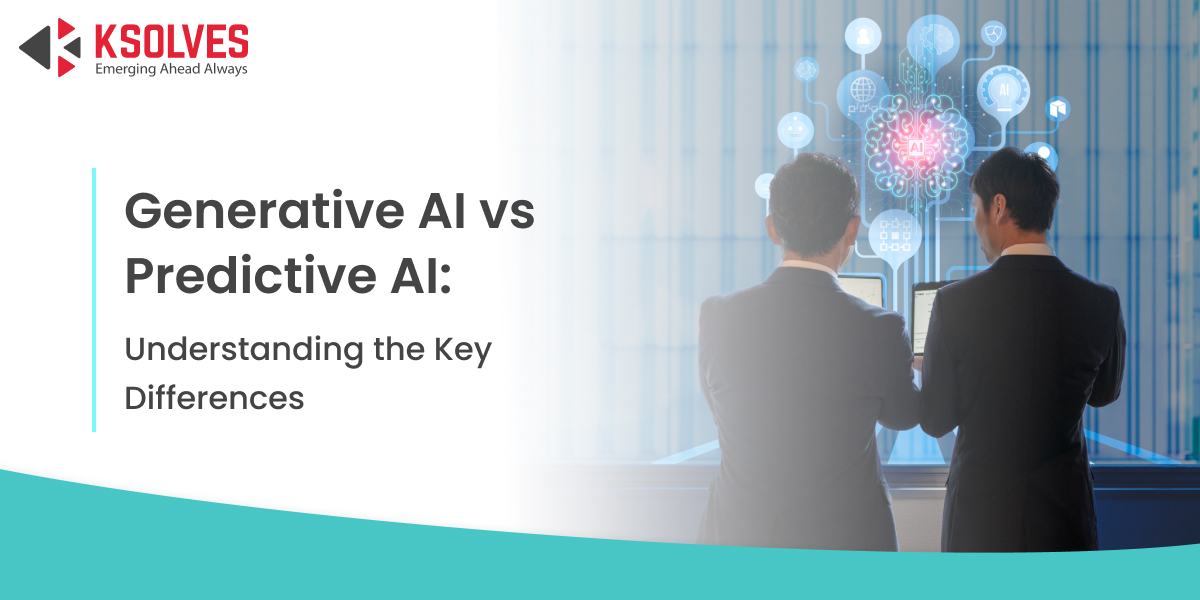
Talking to the machines is no longer science fiction but a reality. Artificial Intelligence has been reshaping industries with the replication of human intelligence in machines. Intelligence is the reason behind the surge in efficiency, accuracy, and productivity.
Artificial Intelligence has two main branches with their respective fields of excellence: Generative AI and Predictive AI.
While predictive AI makes predictions based on past data, generative AI concentrates on producing original material. To accomplish their respective objectives, these technologies make use of deep learning and machine learning techniques.
In this blog, we will discover the Key differences between Generative and Predictive AI. Also, You can assess the benefits and drawbacks of the technologies which will let you explore the advantages and disadvantages.
Generative AI vs Predictive AI
While both Generative AI and Predictive AI utilize Machine Learning they have different sets of objectives.
Generative AI transforms inputs into creative outputs, such as literature, graphics, or music, by utilizing Machine Learning. Conversely, Predictive AI makes use of Machine Learning to predict future occurrences and enhance results. Predictive AI can detect market patterns by evaluating past data, giving businesses the information they need to make wise decisions and improve their tactics. Essentially, predictive AI seeks to foresee and impact future developments, whereas generative AI concentrates on content creation.
Generative AI
Artificial Intelligence that involves training models to produce original content is known as Generative AI. These models create new data by analyzing and scrutinizing the existing data. Generative AI techniques develop new products inspired by its learning, rather than replicating exact elements from the training data when working with photos, text, or even music.
How Generative AI Models Work
Generative AI models are sophisticated algorithms that use patterns found in existing data to produce new data. Generative Adversarial Networks (GANs) and autoregressive models are the two most often used types of generative AI.
A discriminator plus a generator make up a GAN. The discriminator decides whether the content appears original or contrived, whereas the generator creates fresh content, such as pictures. As the generator tries to deceive the discriminator and it tries to avoid being tricked, they are working against each other in a fair competition. Therefore, the generator produces more realistic content because of this competition.
On the other hand, autoregressive models develop content one at a time, with each new piece depending on what was created before it. This method is particularly useful for generating sequences, such as text or music, where each part builds on the previous part. These models are utilized in various fields.
For example, GANs can generate images that look like real photos, while autoregressive models can write sentences that read as if a human wrote them. Both types of models can also create music by learning patterns in existing songs.
Generative AI models are powerful tools for producing new, innovative content. They learn from existing data to create realistic images, text, and music with the potential to discover trends and inspire creativity.
Read More: Generative AI: How It Works and Everything You Need to Know
Advantages of Generative AI
-
Bringing New Ideas
Generative AI has the ability to deliver incredible and cognitive ideas. With the help of AI algorithms, Generative AI produces creative content with the idea of existing content. With its help, you can get information rapidly to help you develop new ideas and streamline the creative procedure for your business, classroom, or personal life.
-
Offer Solutions That are Accessible to a Large Number of Learners
Whereas Predictive AI is more concerned with forecasting patterns for the future, Generative AI is skilled at producing original content that appeals to a wide range of consumers with varying preferences.
It can create resources and programs that are adaptive to meet the needs of each individual learner and support homework completion, writing, studying, and language development. Generative AI brings global utilization across various cultural networks and language groups. Also, anybody can utilize it with the accessibility of a computer or mobile device.
-
Unparalleled Solutions
Generative AI offers cognitive solutions that can boost the productivity and efficiency of any business. The technology can produce massive content within a few seconds. Additionally, it offers great assistance in technical challenges like coding and debugging. Generative AI simplifies and expedites corporate operations, such as software development, customer support, and sales and marketing, by automating a variety of jobs.
Read More: Generative AI Trends and Their Impact on Industries
Use cases for Generative AI
-
Generate Realistic Images and Videos
Generative AI uses datasets of pre-existing pictures to understand patterns, which allows it to produce incredibly lifelike images and movies. Generative Adversarial Networks (GANs) are one type of model that can produce new images that closely mimic existing photographs. This technique has been used to create visually stimulating and inventive content in a variety of disciplines, such as fashion design, video game creation, and art.
For example, in painting, GANs can produce original works that resemble the works of well-known painters. They are capable of creating original clothes designs and patterns. Generative AI can create realistic textures and surroundings in video game creation, improving the player’s experience. All things considered, generative AI’s capacity to produce lifelike images offers countless opportunities for both imaginative and useful applications.
-
Create Speech and Text
Generative AI excels at producing skills similar to humans in speaking and writing. Language models, such as GPT-3 from OpenAI, are able to generate paragraphs that seem to have been authored by humans but are coherent and relevant to the context.
There are a plethora of uses for this technology, such as article production, writing support, and conversational chatbots. For example, GPT-3 may assist authors with article drafts, offer creative writing prompts, and use conversational AI to deliver real-time customer service. Its capacity to mimic human language presents a plethora of options for improving efficiency and communication across a range of sectors.
-
AI-Generated Music and Art
In the realms of music and art, generative AI has made ventures, crafting original tunes or emulating the styles of well-known musicians. With the use of machine learning algorithms and analysis of previously created works, this technology creates music or artwork that conforms to newly learned styles. AI is capable of producing music that mimics the style of a well-known composer or painting in the manner of a well-known artist. These uses demonstrate the creative possibilities of generative AI and show how it may be applied to push the limits of creativity and innovation while exploring new artistic horizons.
Read More – Empower your Business with Generative AI
Limitations of Generative AI
For all of its benefits, the limitations of Generative AI are quite challenging:
-
Exposure to Adversarial Attacks
Adversarial attacks are a potential threat to Generative models. These attacks include specifically designed input data which is used to deceive the model into generating unwanted or inaccurate results.
-
Contextual Ambiguity
Generative AI models can need help with understanding and maintaining context over long passages. They can be sensitive to slight changes in input phrasing and might produce inconsistent or contextually inappropriate responses.
-
Potential Biases
Generative AI models are trained on large datasets, and if these datasets contain biases or prejudices, the AI system may unintentionally replicate them in the generated content.
Predictive AI
Predictive AI is just one of the considerable capabilities offered by AI. This refers to a set of abilities computers can have that imitate human cognition. Predictive AI, as the name suggests has been used for predicting the future. It is an Artificial Intelligence that utilizes statistical analysis to determine patterns, predict behaviors, and predict future events.
With the help of Machine Learning and enormous volumes of data, Predictive AI can speed up and, potentially enhance the accuracy of statistical analysis. Businesses can better serve their consumers and plan for the future by utilizing predictive AI.
Read More –Revolutionizing Customer Service with Generative AI
How Predictive AI works
-
Big Data
It is more likely to get accurate analysis when the data is in large amounts. Predictive AI often requires large amounts of data or Big Data. A large number of data provides better predictions and enhances business decision-making. Additionally, the analysis is based on analyzing and scrutinizing past data.
-
Machine Learning
Artificial Intelligence includes Machine Learning as a subset. It is a technique for preparing computer software to identify information without the need for human assistance. For instance, a Machine Learning model can be trained to distinguish between artificial bot traffic and human traffic on a website if it has given enough instances of user behavior.
Alternatively, a Machine Learning model might be trained to recognize a “red” sky and correlate specific types of skies with severe weather if it were provided with enough images of the sky and meteorological data.
Machine learning is used in predictive AI on top of large data sets. Large data sets can be processed by a Predictive AI algorithm without human oversight.
Predictive AI picks up on associations between specific events or data kinds. Thousands or even hundreds of variables can be analyzed by leveraging Predictive AI to find patterns or events that can happen again in the future.
Advantages of Predictive AI
While comparing Generative and Predictive AI, let’s explore some of the benefits of Predictive AI that benefit various industries:
-
Insightful Decision Making
As Predictive AI can evaluate data and identify patterns for the future, it has proved to be an ideal choice for business processes. When evaluating data, Predictive AI can handle short-term duties, freeing up your staff’s time to concentrate on making thoughtful and original decisions. Predictive AI can automate office procedures that are administrative in nature, freeing up more time for intricate tasks requiring human intelligence.
-
Predict Human Preferences and Needs
Predictive AI not only predicts future trends but also anticipates user or customer wants. It can forecast the actions and purchases of your clientele and advise you on how best to introduce new goods or services to them. Predictive AI also has the ability to evaluate pupils’ requirements and decide when it is most appropriate to assist them. Predictive AI can help students create individualized study schedules by offering early solutions for learning challenges.
Read More: Use Cases of Predictive Analytics with Machine Learning & AI
Use cases for Predictive AI
-
Forecast Stock Market Trends
Predictive AI is highly recommended in finance industries for estimating past data and trends, especially for the stock market. Stock Markets have an array of numerical data that is difficult for humans to study. Therefore, Artificial Intelligence is the right solution to help for the same.
By leveraging Machine Learning algorithms to scrutinize historical data, trends, and patterns from the stock market. This helps machine learning techniques to historical data from the stock market.
Although stock markets have never been easy to anticipate, Artificial Intelligence can develop a model that can reasonably predict prices.
-
Predict Customer Behavior
Predictive AI is equally essential for marketing as it has the ability to analyze client data and forecast their future behavior with the help of AI and ML algorithms. The algorithms can foresee client preferences and trends by analyzing past interactions, purchase histories, and browsing behaviors.
Businesses can further utilize this information to better align their customer experiences, product offers, and marketing strategies with predicted behaviors.
-
Personalized Recommendations to Enhance Customer Relationships
Predictive Artificial Intelligence is the ideal choice for businesses to offer personalized products and services. The intelligence scrutinizes the past browser history of customers and prior purchases to provide personalized recommendations.
This helps to boost the conversion rate and reduces the bounce rate. Additionally, when Predictive AI aligns products and services with the interests and preferences of customers, it results in a boost in sales and enhances the engagement rate.
Read More – Ksolves Expertise in Predictive Analysis by using Machine Learning
Limitations of Predictive AI
Among the various challenges of Predictive AI, the demand for increased accuracy and efficacy of data is one of them. Before considering to predictive AI, take a look at some of its disadvantages:
-
Lacks Certainty
Although Predictive AI can foresee events in the future, there is no guarantee that the predictions are accurate. It measures potential results rather than certainties since it is susceptible to external circumstances.
It is recommended to not fully rely on Predictive AI while making business decisions. It is a great tool for making futuristic predictions but it is advised to take other tools into consideration while making any decisions.
- Requires massive sums of high-quality data
Predictive AI depends on a lot of data to make forecasts, therefore if you don’t have enough data, it could not be as good at anticipating trends. A lack of data can lead to deformed numbers or statistics, which could cause incorrectly discovered patterns. Furthermore, the data can be obsolete, uneven, or just simply inaccurate. This produces wrong trends and forecasts that degrade your ability to make cognitive decisions.
Read More –ML Model for Predictive Analytics in Healthcare Industry
Generative AI vs Predictive AI
Implementing Artificial Intelligence is a strategic move for any organization, as it not only simplifies and streamlines operations but also results boost in engagement and brand awareness.
Think about your final objective while deciding between Generative and Predictive AI. When it comes to producing unique content or photos, finding patterns in data, or creating text, Generative AI is the answer. On the other hand, Predictive AI is perfect if you want to examine patterns and use the data to create forecasts and predictions that can influence choices.
Making a decision between Generative AI vs Predictive AI in business applications is a decision that needs to be well thought out. Artificial Intelligence learns through trial and error and enhances its accuracy over time. If you’re thinking of utilizing Predictive AI or Generative AI services, you should consult professionals with the expertise of implementing the technologies.
Ksolves can assist you whether you require Predictive AI for perceptive data analysis or Generative AI for the creation of creative content. Our team of professionals is skilled in creating unique AI solutions that are suited to your particular company’s requirements. With Ksolves, you can revolutionize your business processes, foster innovation, and maintain a competitive advantage.
![]()
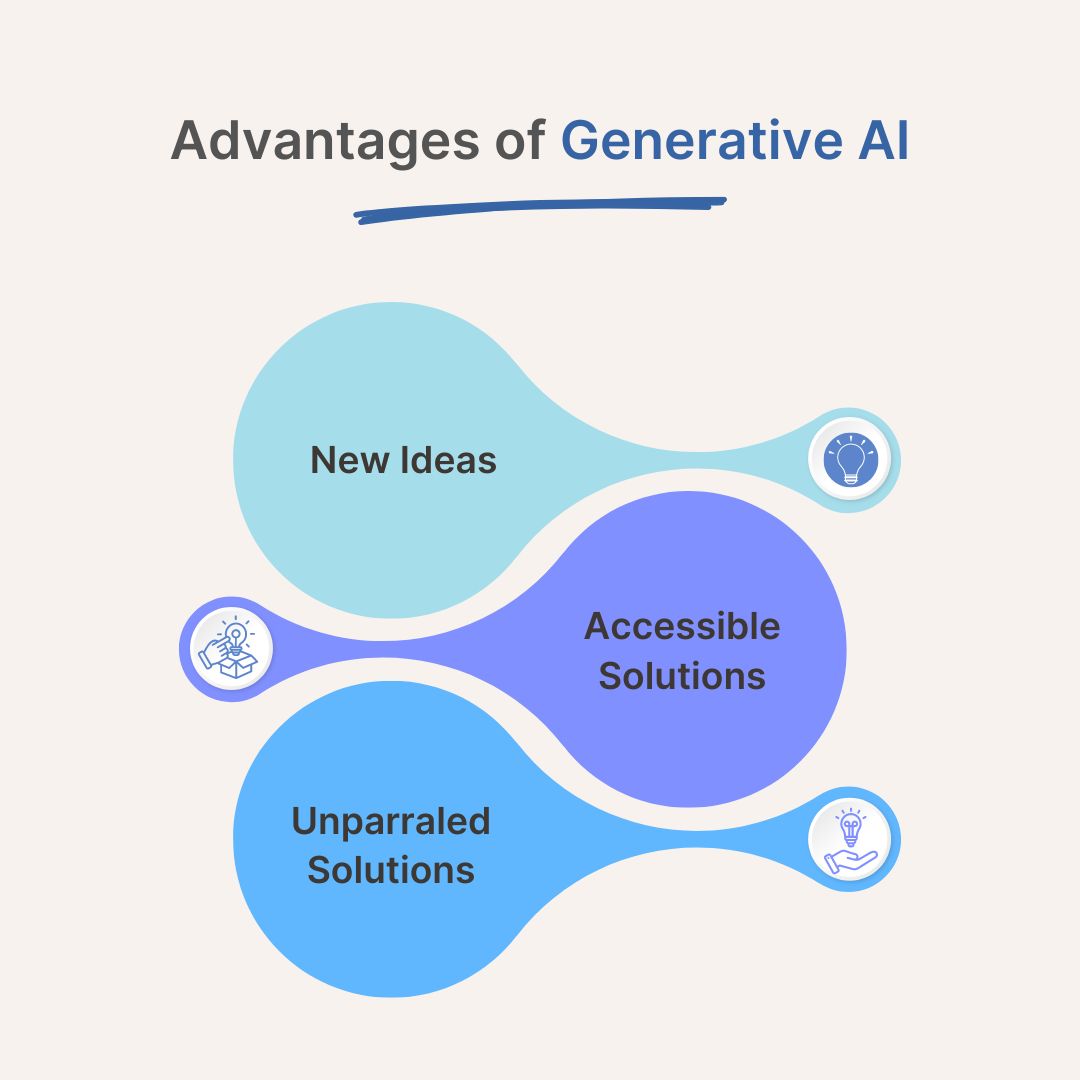
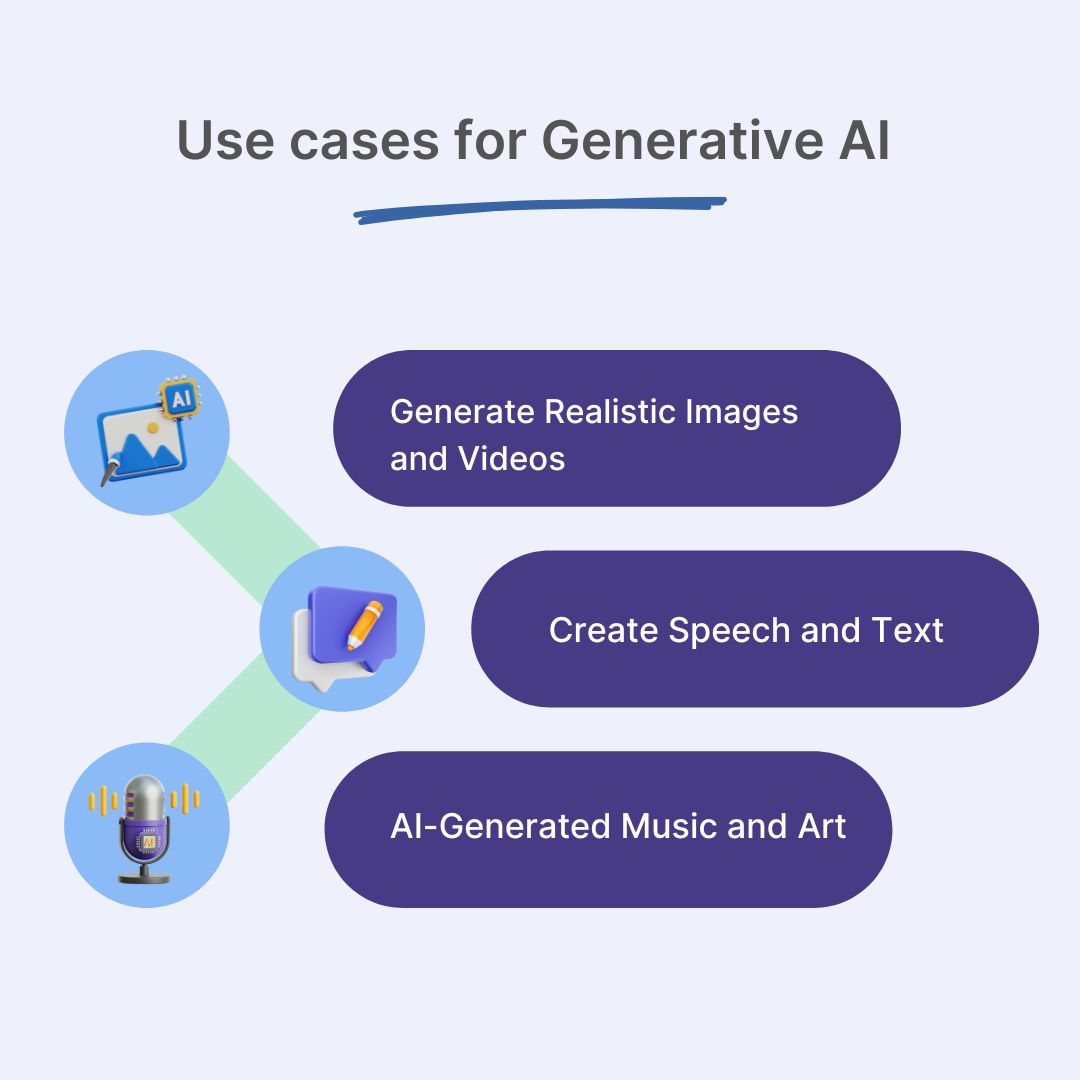
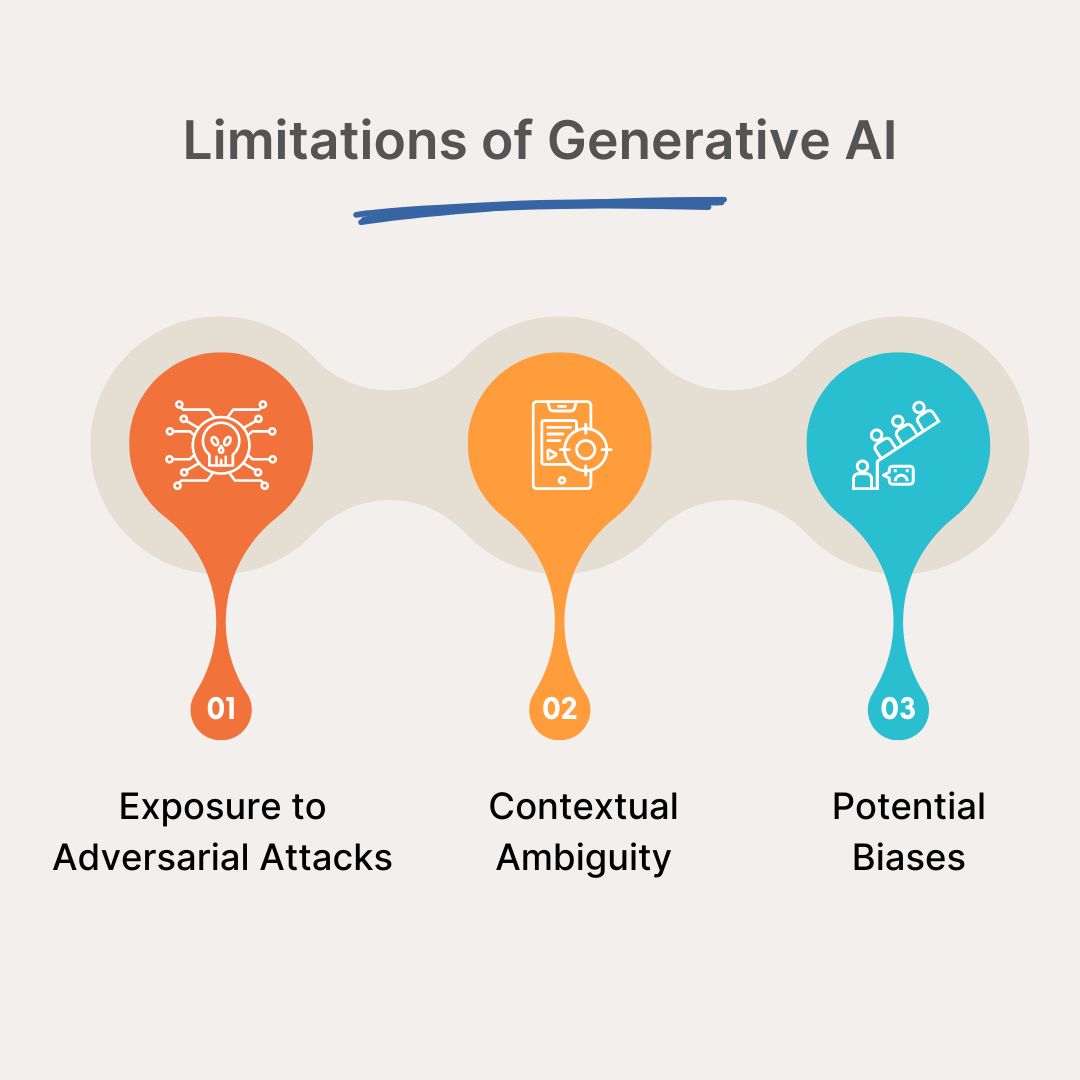
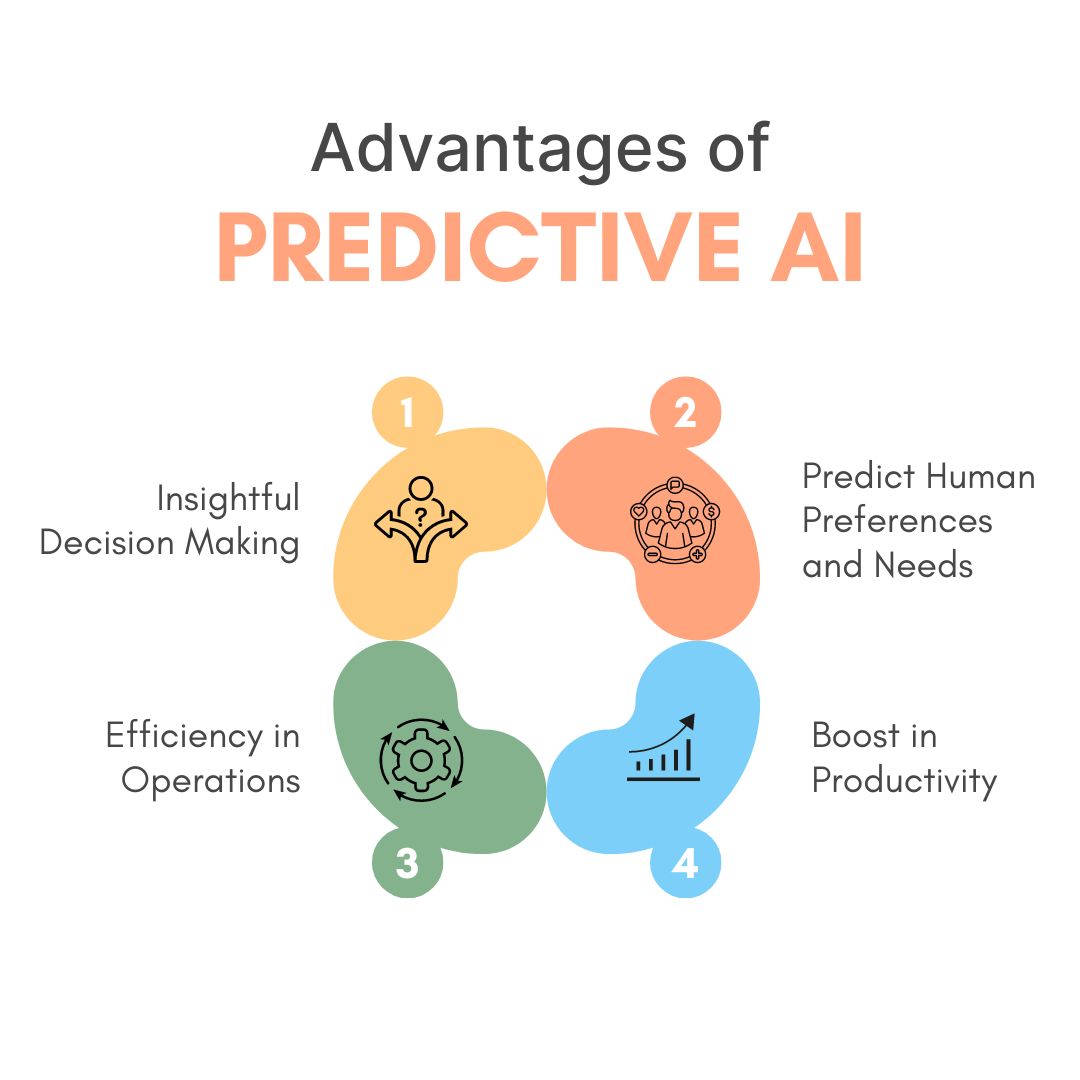
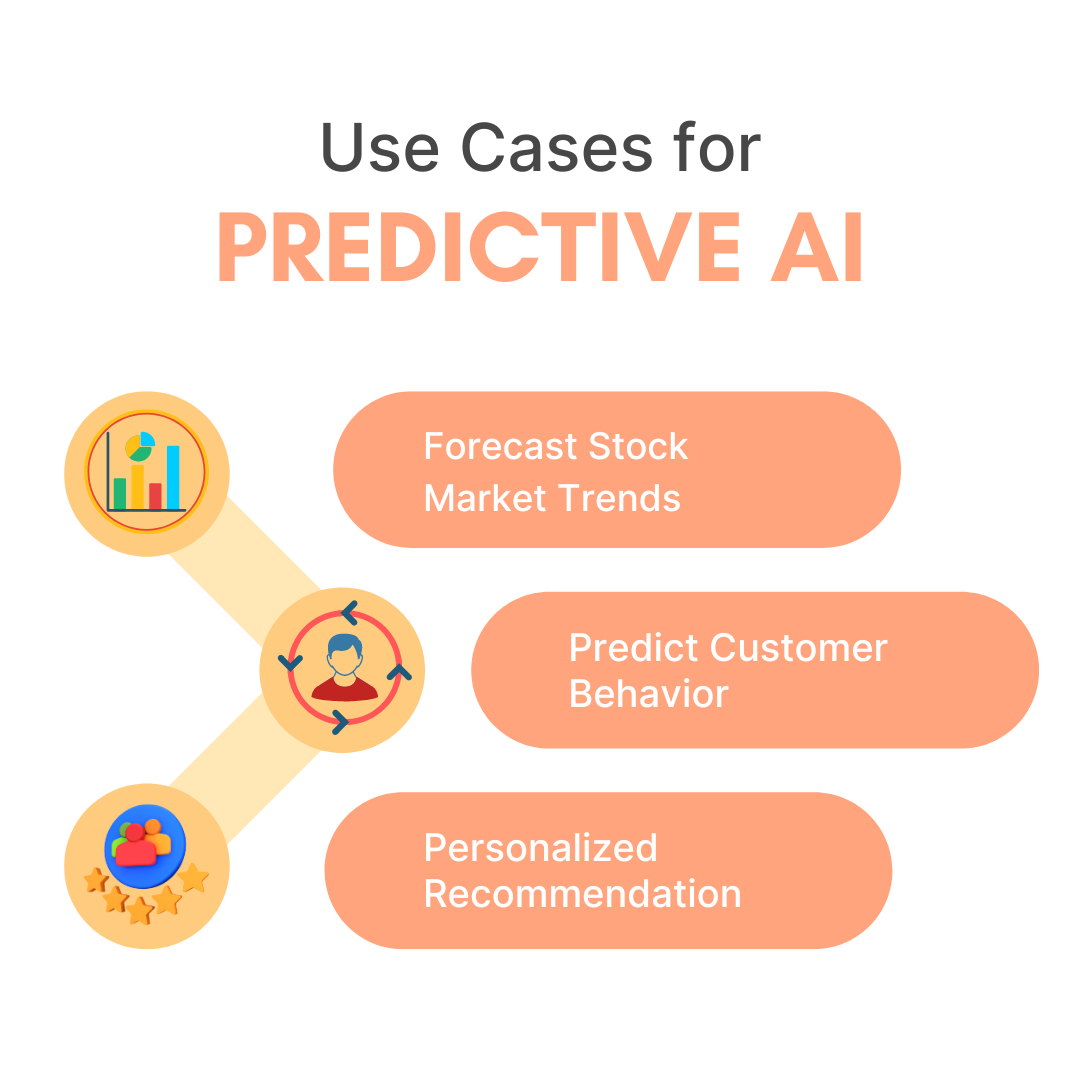
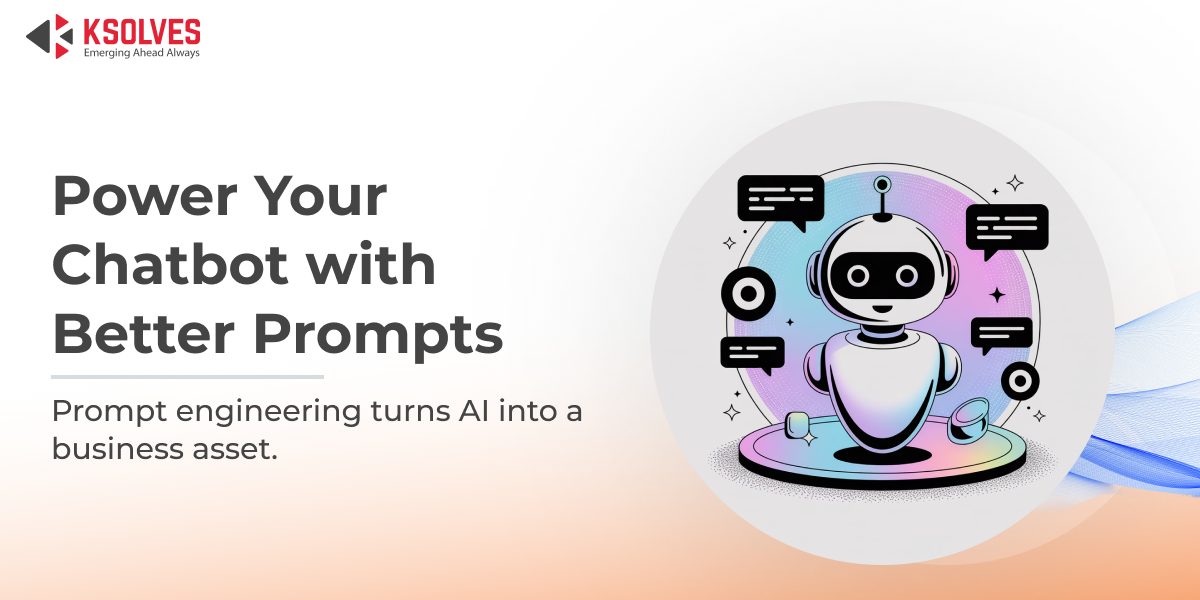
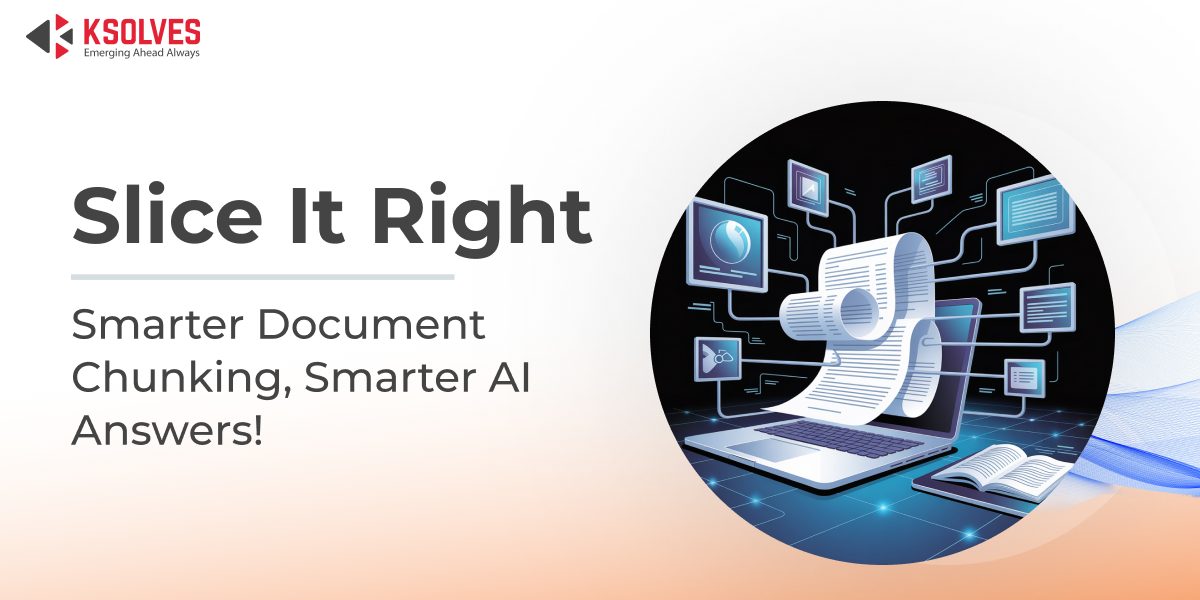
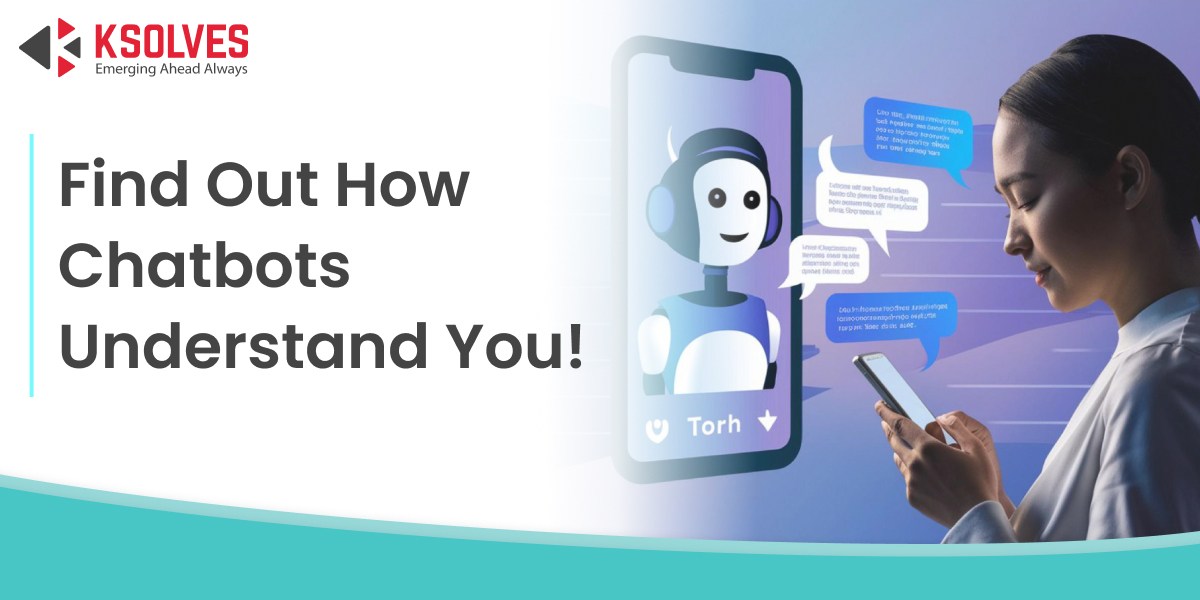

AUTHOR
AI
Mayank Shukla, a seasoned Technical Project Manager at Ksolves with 8+ years of experience, specializes in AI/ML and Generative AI technologies. With a robust foundation in software development, he leads innovative projects that redefine technology solutions, blending expertise in AI to create scalable, user-focused products.
Share with